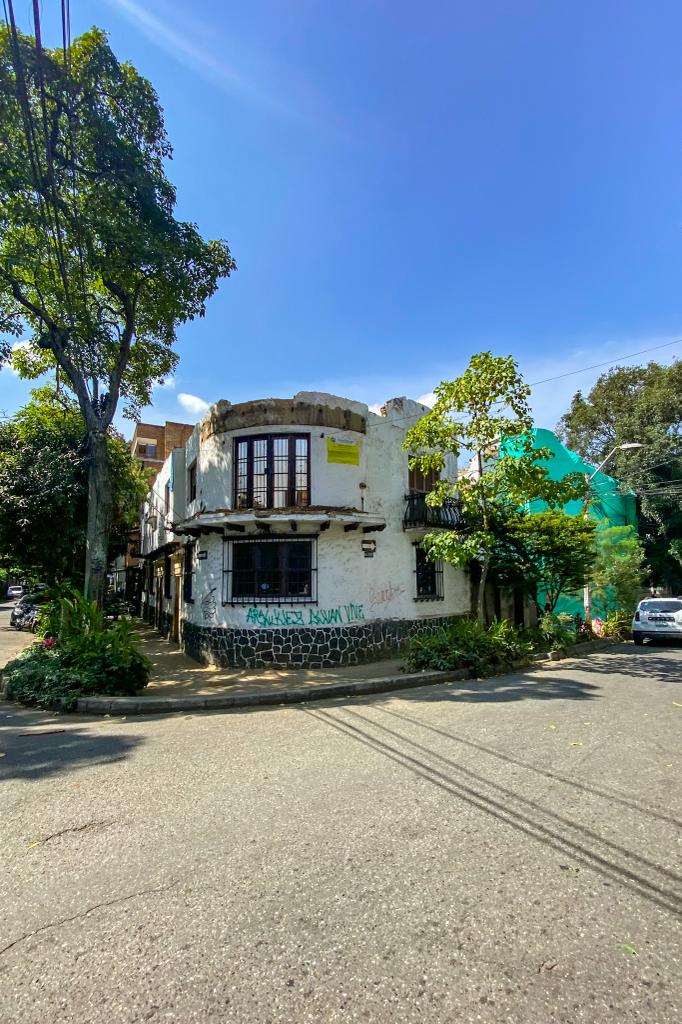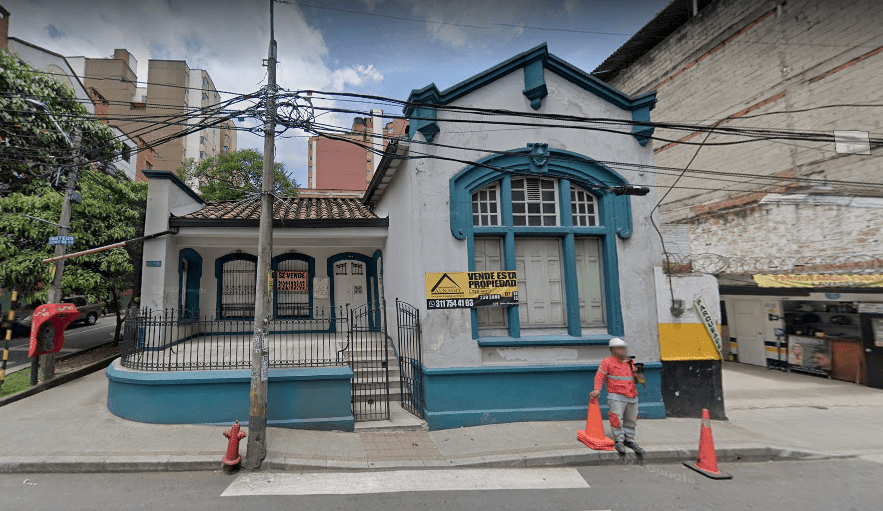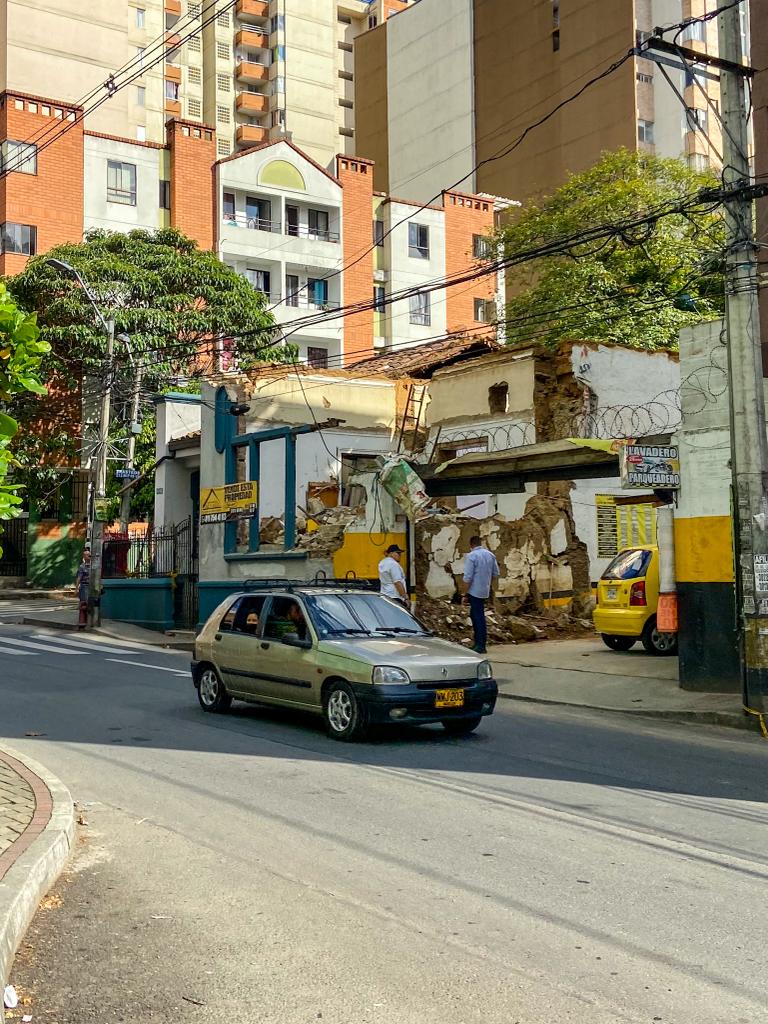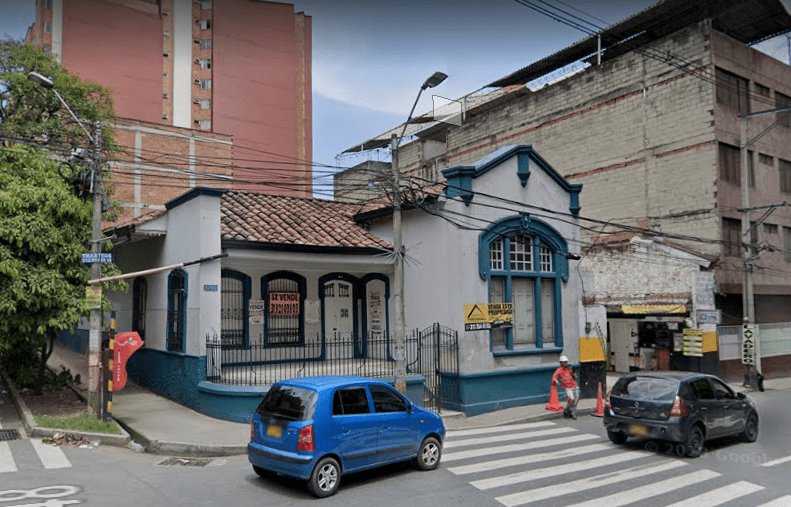In a parking lot in the Bomboná neighborhood in downtown Medellín there is a pile of rubble that prevents the use of a good portion of the cells. The drivers who enter ignore the disorder and maneuver between pieces of wall and board, trying to accommodate their cars as best they can.
Nobody seems to stop to look further, but it is enough to rest your eyes on the image for a few seconds to realize that the rubble corresponds to an old house that is being demolished. Blue beams, formerly window frames, and walls that formed the divisions of a family home, lie on the floor waiting for someone to get rid of them.
This is the story of dozens of buildings in the center of Medellín in recent decades where, despite being considered assets of cultural interest, old buildings are demolished to make way for parking lots or new commercial buildings.
The phenomenon promises to wipe out the little urban history that is still standing in the city, why does nobody seem to be doing anything to stop it?

How do you seek to protect real estate?
The notions of heritage and conservation are relatively new in Colombia. Just in 1959 the first declaration of national monuments in the country was issued. In the case of Medellín, it was not until 2006 that the city began its process to generate a heritage protection plan.
This is why, over a long period of time, very valuable buildings for the territory were lost; Constructions of great architectural, historical and symbolic value, such as the Hotel Europa, the old Junín Theater or the Circo Teatro España, were demolished without causing a major scandal.
“Medellín systematically demolished its historic architecture. As the process of appraisal works and street widening initiatives began, the demolition process also began,” explains Luis Fernando González, architect, doctor in history and specialist in urban and architectural history.
Medellín once considered that its downtown streets were too narrow for motor vehicles, for which reason they had to be widened and taken from about ten meters to at least 16. This process began in 1938 with the first expansions for recovery. Between 1938 and 1974, when part of Oriental Avenue was finished, González estimates that more than 2,000 buildings were lost in the center.
Today, we have regulations that ensure the protection of heritage. Part of a list called LICBIC, or indicative list of candidates for assets of cultural interest, which evaluates the historical, aesthetic and symbolic values of a property, and depending on the result, a declaration is given that includes standards to intervene in the property. , as well as benefits in taxes and others.
However, despite the fact that the norm exists, as well as the entities that ensure that it is complied with, it still seems insufficient to preserve the properties.
“There are more than enough regulations, but we are specialists in avoiding the rules. We are also specialists in knocking down and redoing, Medellín is a city that remains in black work, behind that characteristic paisa of entrepreneurship”, says the architect, specialist in heritage, Carlos Arturo Acevedo.


All that remains of this old house with blue beams at Calle 48 #40-05.
What is the commercial potential of these places if they are restored?
It’s clear that those who demolish historic properties do so for profit, whether it’s to make way for a parking lot or other well-earning business. However, what is not considered on many occasions is that the restoration of a property can exponentially increase its value.
The assets of interest that are restored can be put into a commercial function such as meeting rooms, high-class restaurants, spaces for fashion shows and others; This is not to mention the high cultural and historical value that they offer to the entire community.
“If you start to look at the photos of the Auditorium of the University of Antioquia, before completely fallen, today it is a jewel of the architecture of Medellín, one of the few that remain. We are talking about a construction that began in 1803 and has been maintained until now,” says Acevedo.
It is a reality that we can see in other restored constructions such as the Carré and Vásquez buildings in Cisneros, or the La Naviera building in Plazuela Nutibara. And although it is heartbreaking to think of the number of buildings that, like these, could come to tell the story of our past, there are still spaces to be saved from the clutches of false progress. It is the duty of citizens to denounce violations against property, until the screams are impossible to ignore.
It may also interest you: Shock plans: the center needs many more
